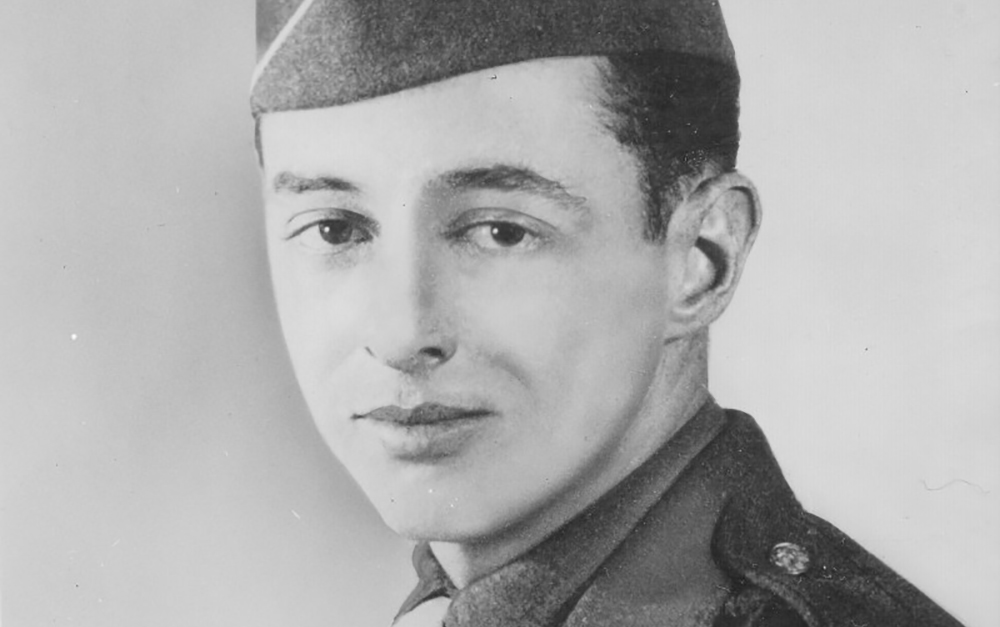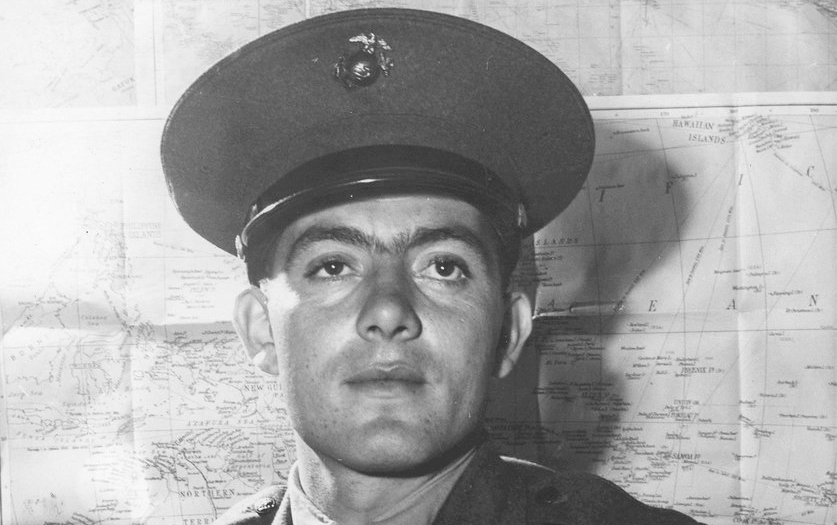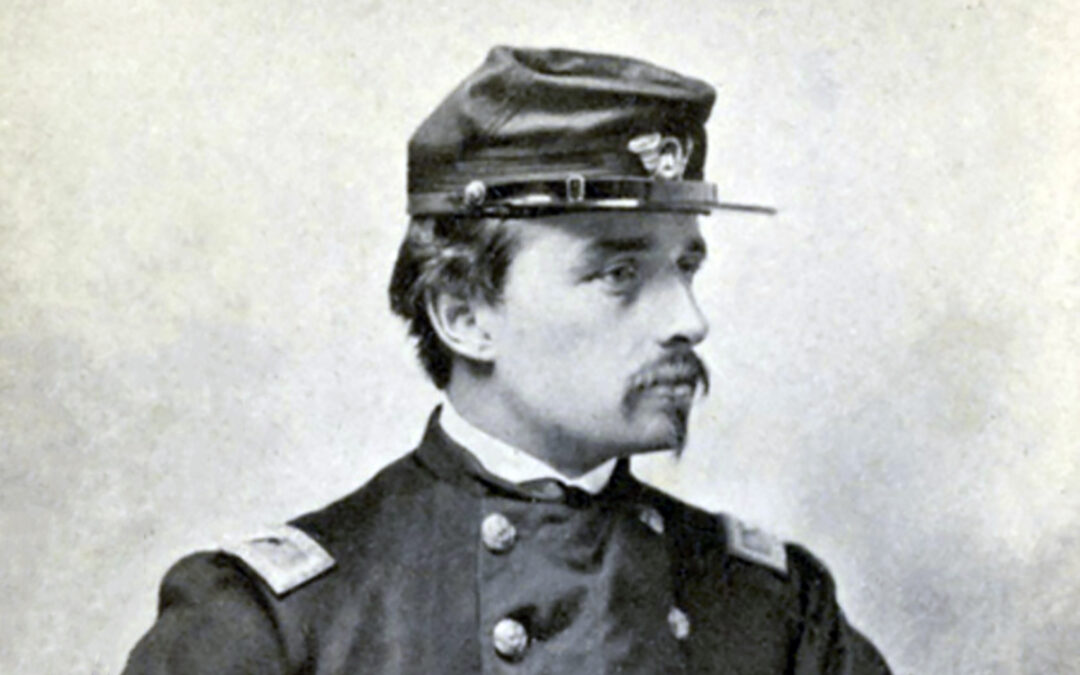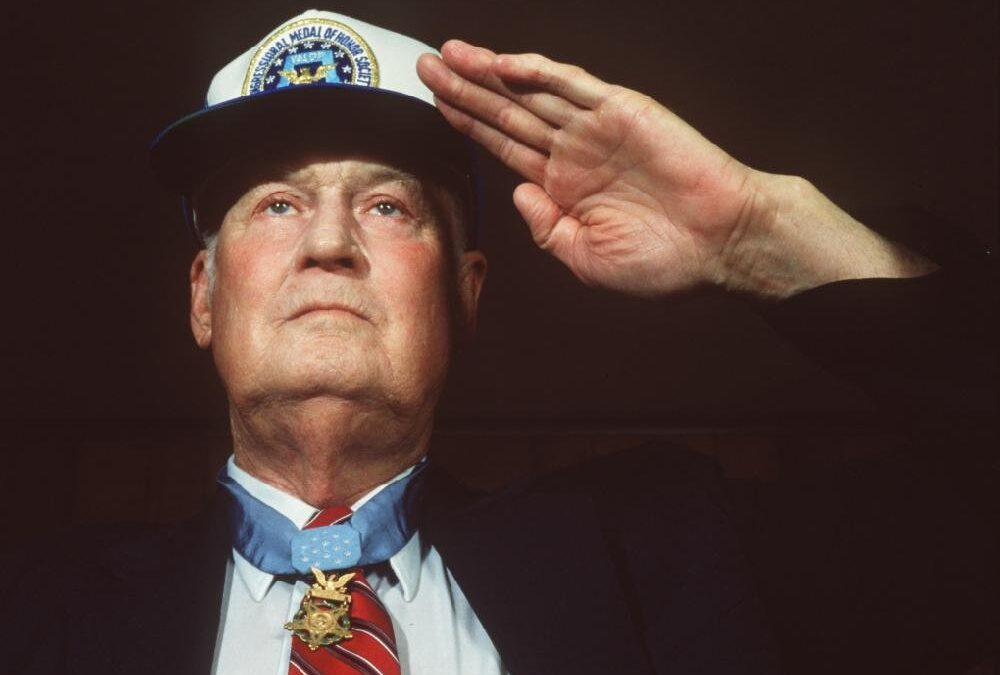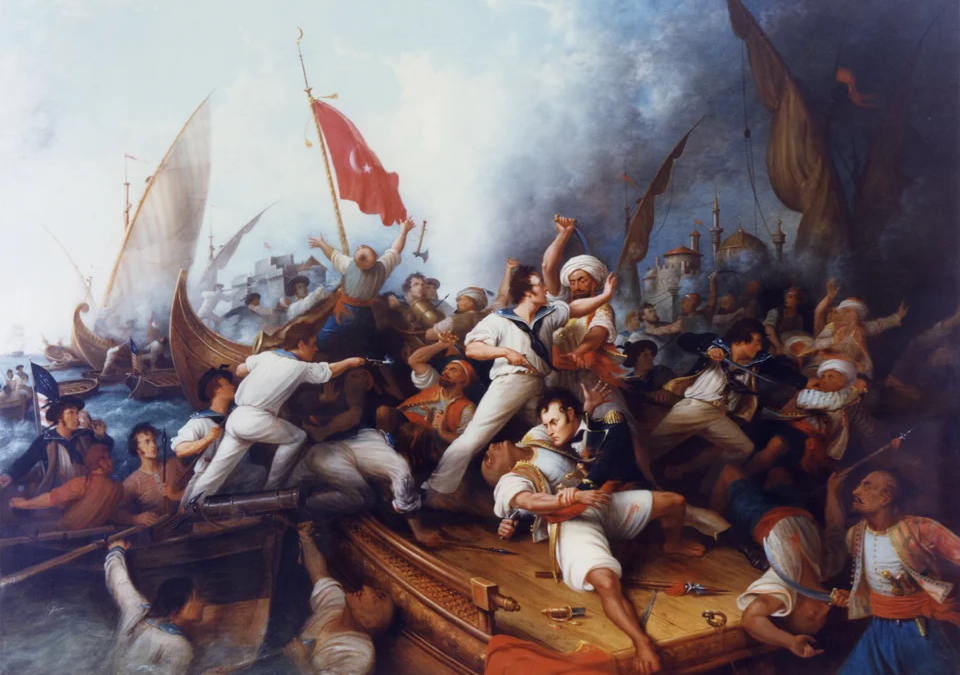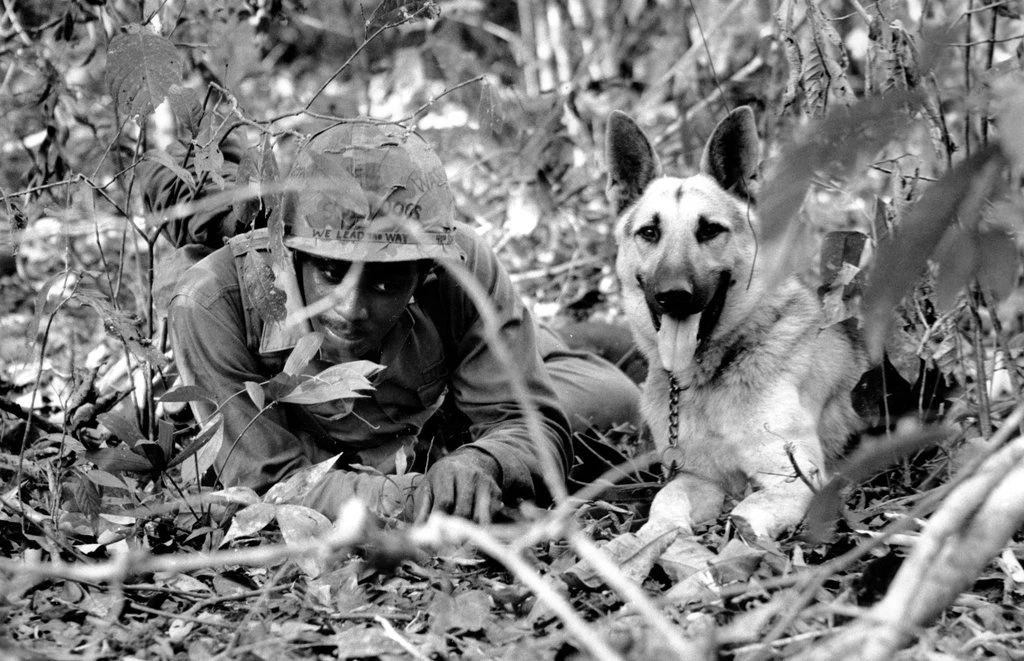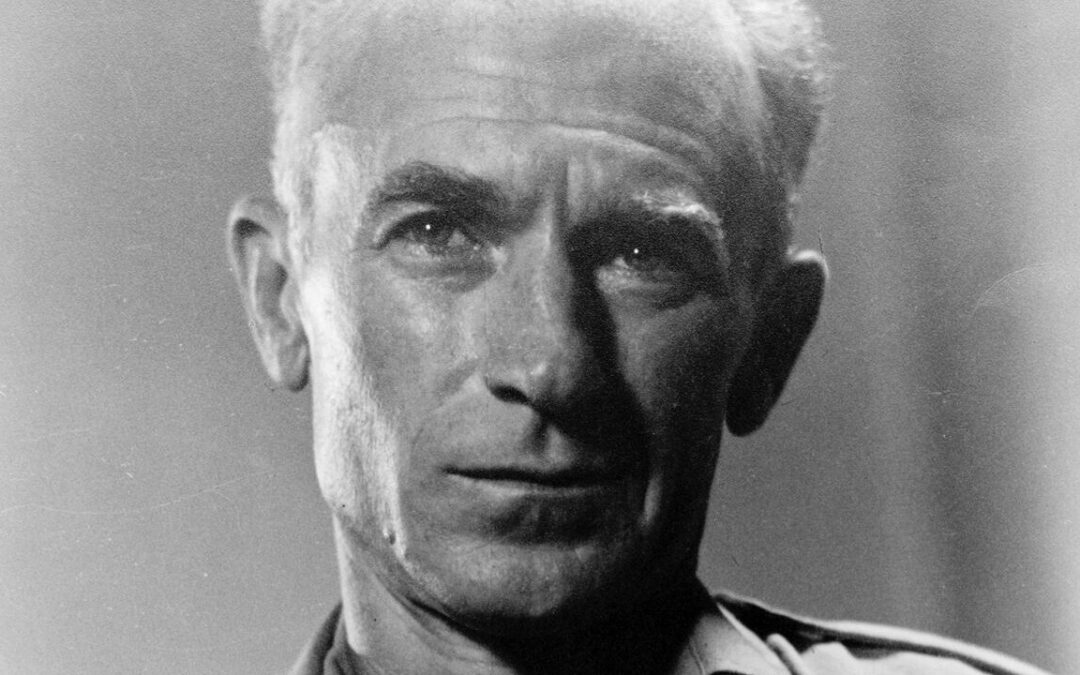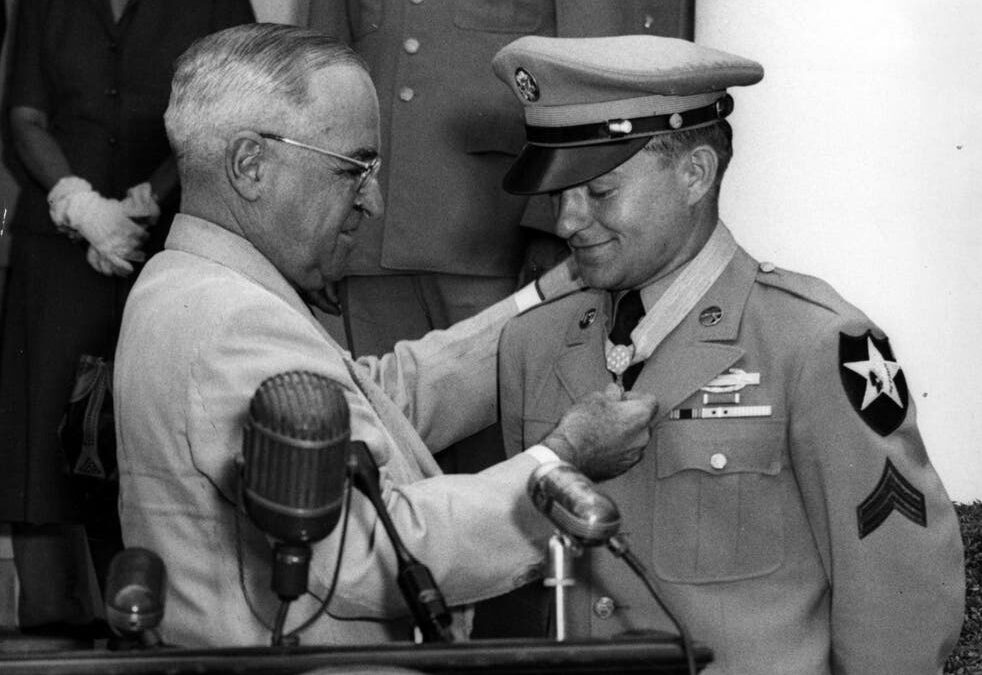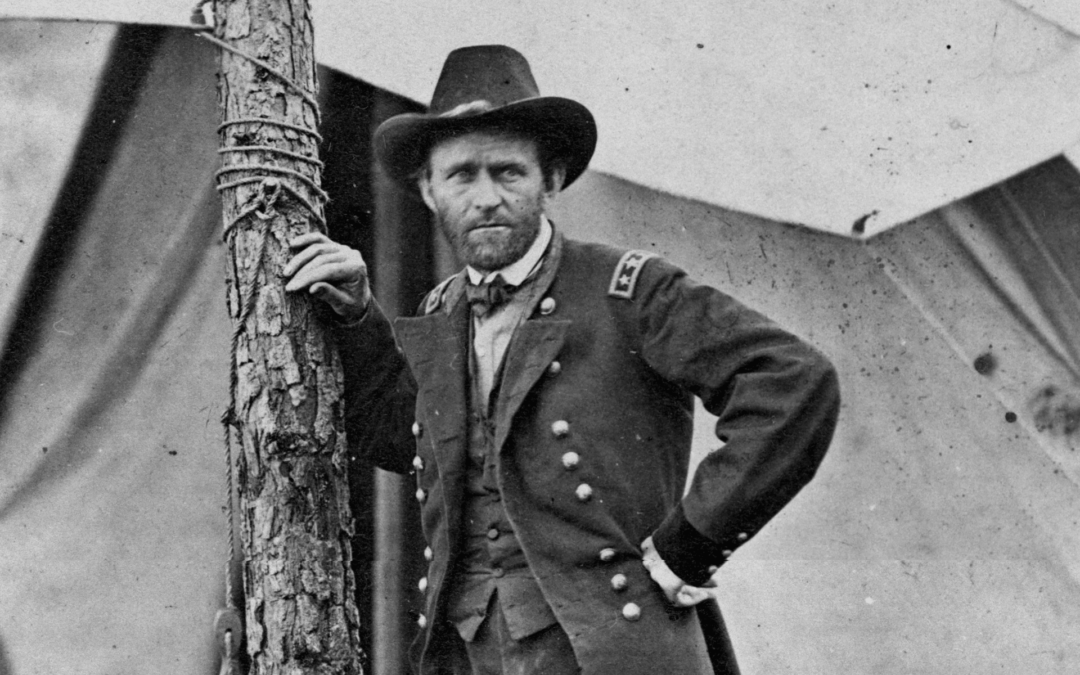The port of Brest was a critical objective for the Allied forces fighting in France after D-Day. To break out of their relatively small portion of France, the Allied liberators needed 37 divisions by September 1944, along with the 26,000 tons of materiel to supply them. To make this happen, they needed Brest and its port. The Overlooked Battle: the Battle for Brest Given its importance, it's surprising that the Battle for Brest is often overshadowed in D-Day history. Admittedly, a lot was happening at the same time. Allied forces surrounded and destroyed German defenders in Normandy. Gen. George S. Patton began his fast-paced thrust across the country, and Allied soldiers were bogged down in hedgerow country. Even with all that in mind, however, the Allies could not maintain those gains and their foothold in Nazi-occupied Europe with the port of Brest. 75,000 Allied troops began an assault on the heavily-defended city on August 7, 1944, despite the heroism of men like...
